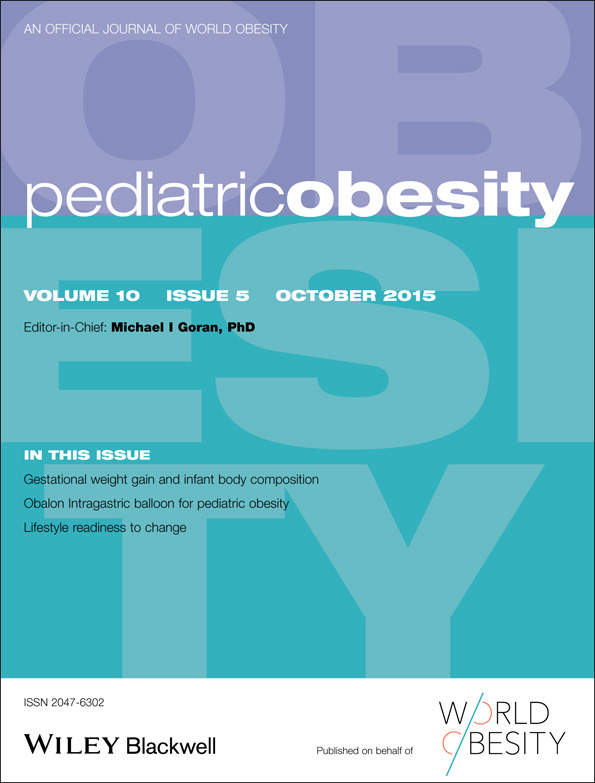Obalon intragastric balloon in the treatment of paediatric obesity: a pilot study
Summary
Background
Lifestyle interventions are often ineffective in the treatment of pediatric obesity. Weight loss devices have been introduced for the temporary nonsurgical treatment of morbid obesity.
Objective
The aim of the study is to evaluate the efficacy of Obalon Intragastric Balloon on weight loss and on metabolic and cardiovascular parameters in a pediatric population with severe obesity.
Methods
We enrolled 10 children with severe obesity. In all patients anthropometric parameters, biochemical tests, ultrasound liver examination and blood pressure monitoring were evaluated at the time of insertion and after removal of device.
Results
The Obalon had a positive effect on decrease of weight, body mass index and percentage of excess body weight within 3 months from placement. Moreover, this safe minimally invasive device improves the cardio-metabolic profiles of obese children.
Conclusions
The Obalon could be a useful tool in the difficult management of pediatric patients with morbid obesity, inducing in short-term a meaningful weight loss.




